
Electric Vehicle Technology: What is E-mobility?
What is in this article?
Technological revolutions have the power to profoundly reshape every facet of our lives. Among the most remarkable transformations is the evolution of transportation, driven by electric mobility, often referred to as e-mobility.
This groundbreaking development has not only revolutionized our means of getting around but has also reshaped our aspirations for the future.
Let’s delve deeper into the world of e-mobility in this content, exploring its advantages, the innovations it brings, and its connection to the issue of climate change.
What Does E-mobility Mean?
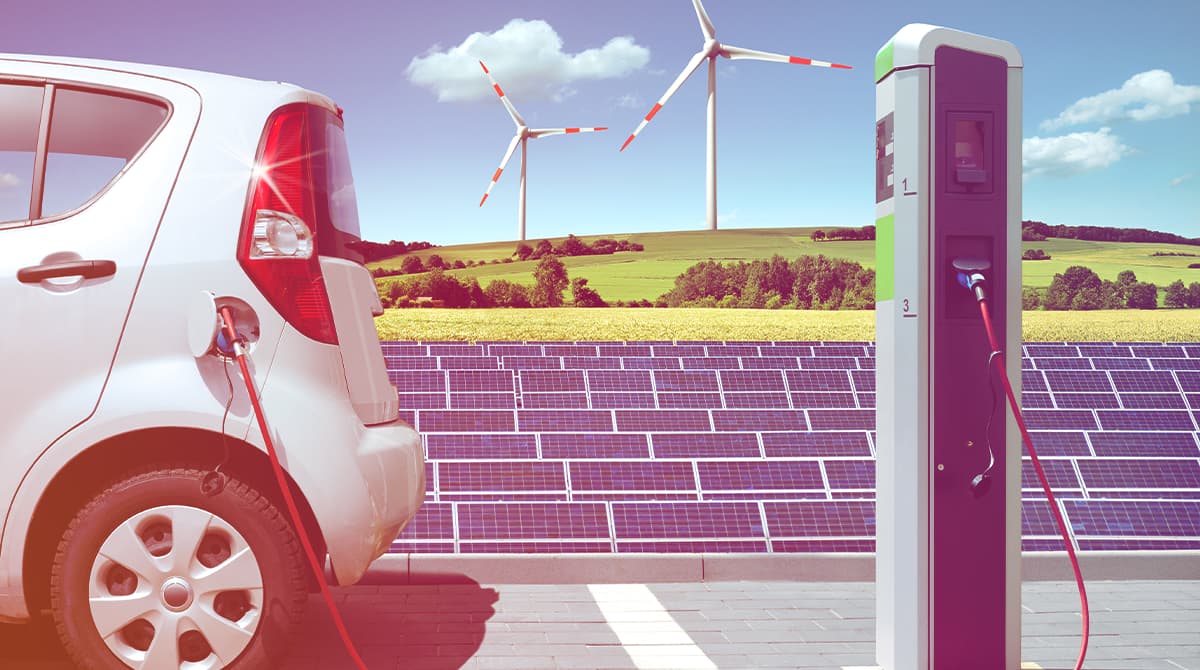 E-mobility encompasses a broad spectrum of vehicles powered by electricity. It encompasses not only electric cars but also electric bicycles, buses, trains, and even water and air vehicles. The primary goal of e-mobility is to diminish our reliance on fossil fuels and establish a more sustainable transportation system.
E-mobility encompasses a broad spectrum of vehicles powered by electricity. It encompasses not only electric cars but also electric bicycles, buses, trains, and even water and air vehicles. The primary goal of e-mobility is to diminish our reliance on fossil fuels and establish a more sustainable transportation system.
E-mobility has the potential to enhance the quality of life in both urban and rural areas, notably reducing air pollution and noise levels in cities through the adoption of electric vehicles.
Furthermore, lower operational costs and reduced maintenance requirements are significant advantages of e-mobility. Electric vehicles and bicycles provide efficient transportation solutions, particularly in congested city centers grappling with traffic and parking issues. When seamlessly integrated with smart city applications, e-mobility has the potential to enhance transportation sustainability by optimizing traffic flow.
E-mobility, powered by electricity derived from renewable sources like solar and wind energy, significantly reduces the carbon footprint, paving the way for a zero-emission transportation system.
Meanwhile, advancements in energy storage technologies enable electric vehicles to contribute back to the energy grid, enhancing overall energy efficiency. This grid-balancing capability during periods of high energy demand not only bolsters e-mobility’s transformative influence in the transportation sector but also extends its importance to the broader energy ecosystem.
Related Article

What is a Carbon Footprint? How can It be Reduced?
Advantages of E-mobility
E-mobility, distinguished by its immense potential to mitigate environmental impacts, achieves a substantial reduction in carbon emissions by diminishing the reliance on fossil fuels while playing a crucial role in significantly curbing air pollution and mitigating noise pollution.
E-mobility, with its profound influence on mitigating the ecological effects of urban transportation, contributes significantly to the reduction of greenhouse gas emissions as the adoption of electric vehicles surges. This, in turn, alleviates the global warming crisis, particularly by diminishing carbon dioxide emissions.
The lower noise emissions of electric vehicles present a noteworthy solution to the pervasive issue of urban noise pollution. This dual benefit not only safeguards human health but also enhances overall quality of life. Furthermore, owing to the fewer moving parts in electric vehicles compared to internal combustion engine vehicles, they require less maintenance and offer long-term reductions in operating costs.
E-mobility becomes even more effective when seamlessly integrated with renewable energy sources. Electric vehicles, powered by clean energy such as solar and wind, significantly reduce our dependence on fossil fuels in the overall energy consumption, leading the way towards a more sustainable energy sector.
Electric vehicles also play a pivotal role in energy storage and management, contributing to the grid through smart charging systems. As a result, e-mobility not only revolutionizes the transportation sector but also drives significant changes in our broader energy landscape.
E-mobility takes a central role in shaping sustainable city planning and energy management. The charging infrastructure for electric vehicles seamlessly fits into smart city applications, seamlessly integrating with urban energy grids. That integration not only balances energy demands within the grid but also optimizes the utilization of renewable energy resources.
Electric vehicles can also function as energy storage systems, capable of returning stored energy to the grid when needed, especially during times of low energy demand. This also contributes to the overall efficiency of the energy system by enhancing the effectiveness of variable energy sources such as solar and wind.
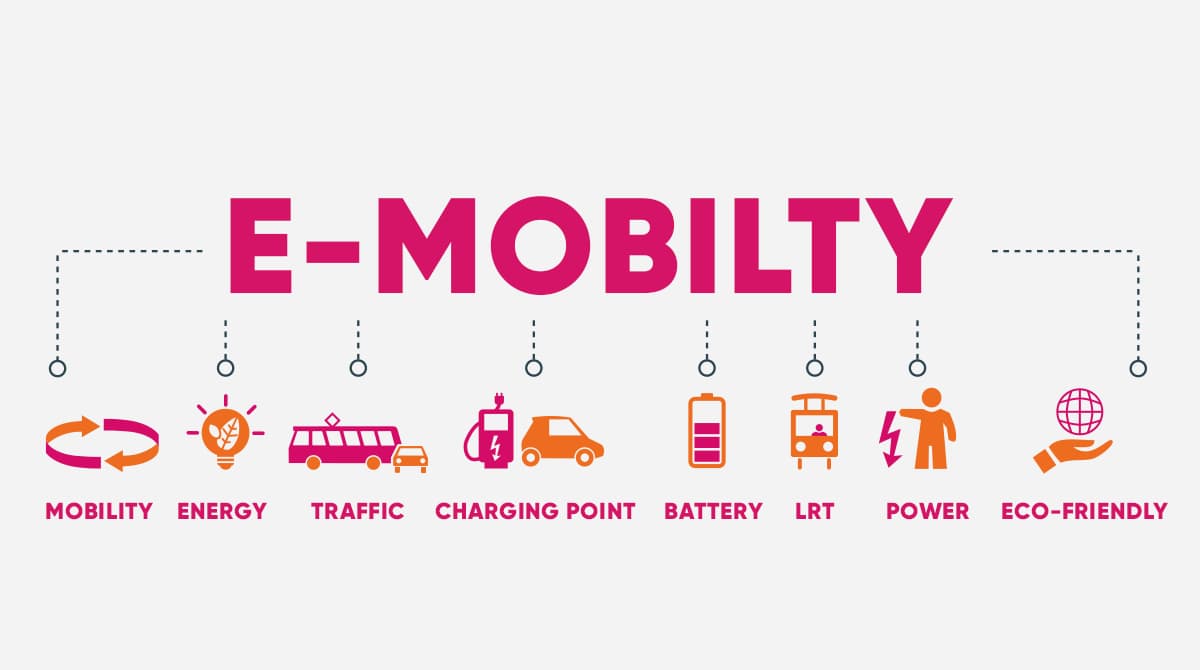
What Does E-mobility Technology Involve?
E-mobility technology encompasses a range of innovations including battery technologies, energy storage systems, charging infrastructure, and intelligent transportation systems. The development of these technologies makes e-mobility more efficient, accessible and convenient. Advancements in technology are poised to drive the future of transportation, potentially leading to fully autonomous electric vehicles and seamlessly integrated transport networks.
 As a cornerstone of e-mobility, battery technology is undergoing continuous evolution. Modern lithium-ion batteries, known for their high energy density and longevity, are enhancing the range and dependability of electric vehicles.
As a cornerstone of e-mobility, battery technology is undergoing continuous evolution. Modern lithium-ion batteries, known for their high energy density and longevity, are enhancing the range and dependability of electric vehicles.
Decreasing battery costs are making electric vehicles increasingly accessible, broadening their appeal to a wider audience.
Enhanced energy storage systems are cutting down electric vehicle charging times, complemented by the expansion of charging infrastructure, offering faster and more convenient charging options across various locations. These advancements are steadily positioning electric vehicles as a viable everyday transportation choice.
Intelligent transport systems represent another significant breakthrough in this field. These systems encompass technologies aimed at improving traffic flow and facilitating vehicle-to-vehicle and vehicle-to-infrastructure communication. Looking ahead, these innovations are expected to play a crucial role in the emergence of fully autonomous electric vehicles and heightened road safety.
Meanwhile, integrated transport networks are envisioned to foster more efficient collaboration between different transport modes. Consequently, urban and rural transportation is anticipated to become more sustainable, accessible, and user-friendly.
The progression of e-mobility technologies is forecasted to be a pivotal factor in the development of autonomous electric vehicles. Fully autonomous vehicles hold the promise of significantly enhancing road safety by minimizing human error. These vehicles are recognized for their potential to streamline traffic, prevent accidents, and boost transportation efficiency.
Additionally, they promise to offer increased independence and accessibility for groups like the elderly and people with disabilities. In that vein, autonomous electric vehicles could be integrated with smart city initiatives to optimize traffic management and lessen the environmental impact of transportation. These progressive changes are expected to inspire innovative shifts in urban planning and public transportation.
Integrated transport networks are on the brink of revolutionizing urban and suburban mobility, allowing different transport modes to function more cohesively. The seamless integration of electric cars, bicycles, and public transport is enhancing user experiences and overall transport efficacy.
Integrated transport systems have the potential to alleviate traffic congestion, shorten travel durations, and reduce transportation costs. Adopting a comprehensive approach to transportation will make cities more livable, accessible, and eco-friendly. The ongoing advancements in e-mobility technologies offer insights into the future of transport systems, underscoring the continual innovation in this sector.
Related Article
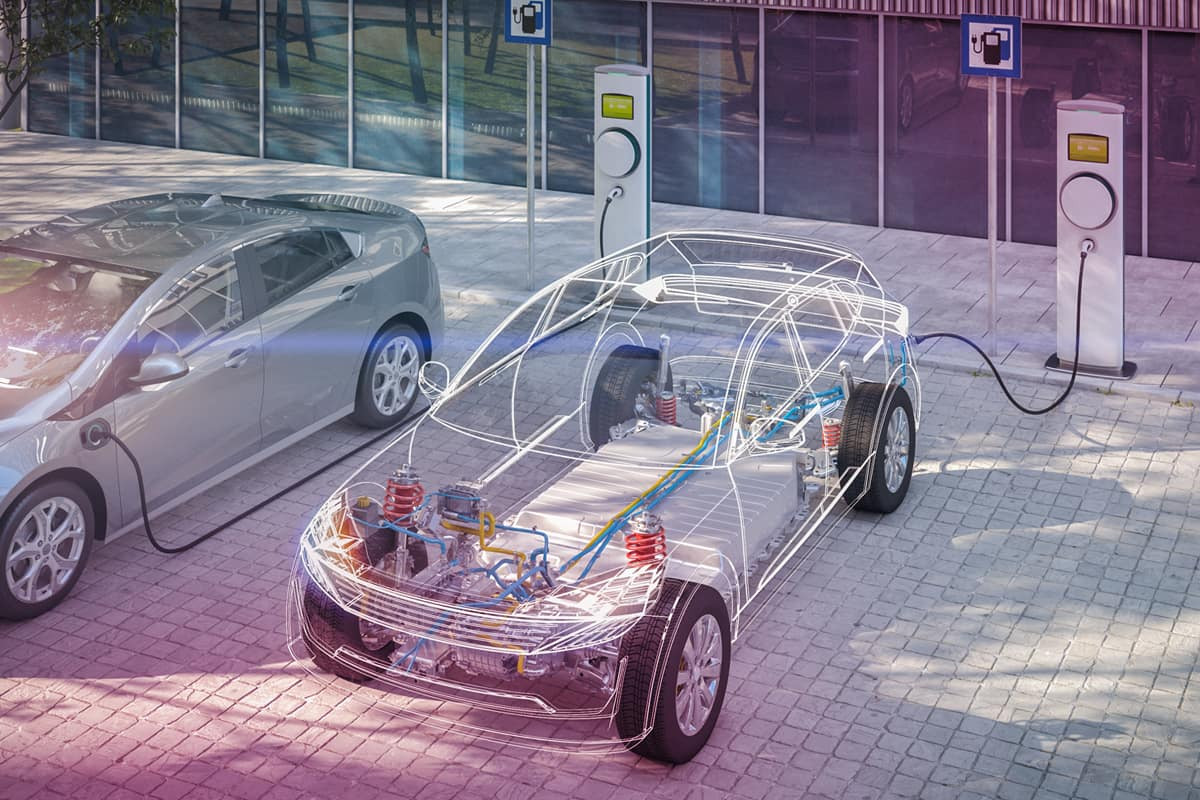
What Is an Electric Vehicle? How Does It Work?
E-mobility and Other Vehicles
E-mobility is not just about cars on the road. Electric trains are really making a mark as a speedy and efficient way to get around. They’re awesome for cutting down emissions, especially when you’re traveling long distances or between cities. Compared to the old-school diesel trains, electric ones are way quieter, better for the planet, and make for a comfier ride.
Then there’s electric drones, part of the whole e-mobility scene, shaking things up in air and sea transport. They’ve quickly become a hit for both businesses and everyday folks. These drones are energy savers and super versatile – think delivering packages or keeping an eye on traffic.
Solar-powered sailboats and other watercraft provide ecologically responsible solutions for marine transportation. These technologies are perfect for eco-friendly tourism and fun on the water. E-mobility is changing the game, not just in city streets but all over the world, making transport greener and smarter.
All these tech changes are opening doors for new kinds of businesses and money-making ideas. With more electric vehicles around, there’s a growing need for places to charge them, sparking a whole new service industry. Take charging station services – they’re becoming a big deal for anyone driving an electric vehicle. Plus, electric vehicles are great at using renewable energy more effectively, thanks to their batteries and storage systems.
So, electric vehicles are not just for getting from A to B; they’re playing a big part in our energy setup too. This means e-mobility is totally transforming how we get around and how we use energy.
It’s not just about futuristic transport; e-mobility is a key player in making our world more sustainable. From electric trains to drones, solar-powered boats to self-driving cars, all these novelties offer great ways of cutting down our environmental footprint and making life better. E-mobility represents a holistic approach beyond transportation, combining energy efficiency, urban planning, and eco-friendly technologies.
You’ve got a chance to be part of this big shift towards a greener future.
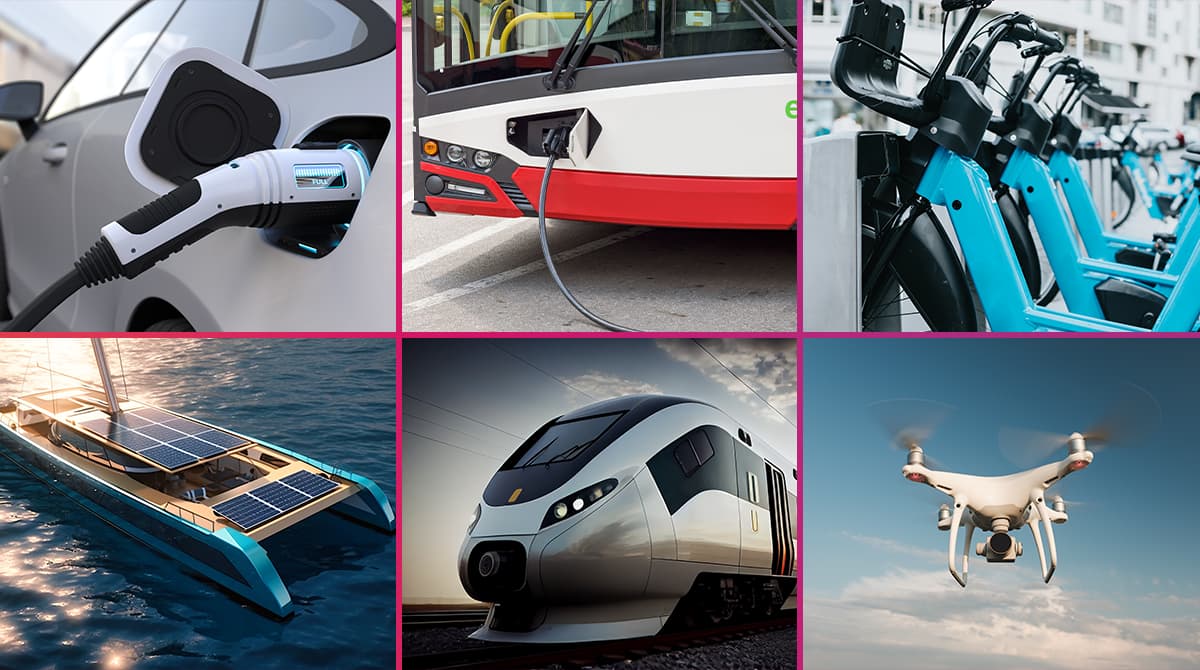
By sharing this content with your friends and family, you can help more people learn about e-mobility and raise public awareness about this critical subject. And we’d love to hear your thoughts on this. Share your take with us.

 Online Services
Online Services Application Inquiry
Application Inquiry Pay Assurance Fee
Pay Assurance Fee Query Installation Number
Query Installation Number Compensation Fee Inquiry
Compensation Fee Inquiry Automatic Payment Order Inquiry
Automatic Payment Order Inquiry Partnership
Partnership
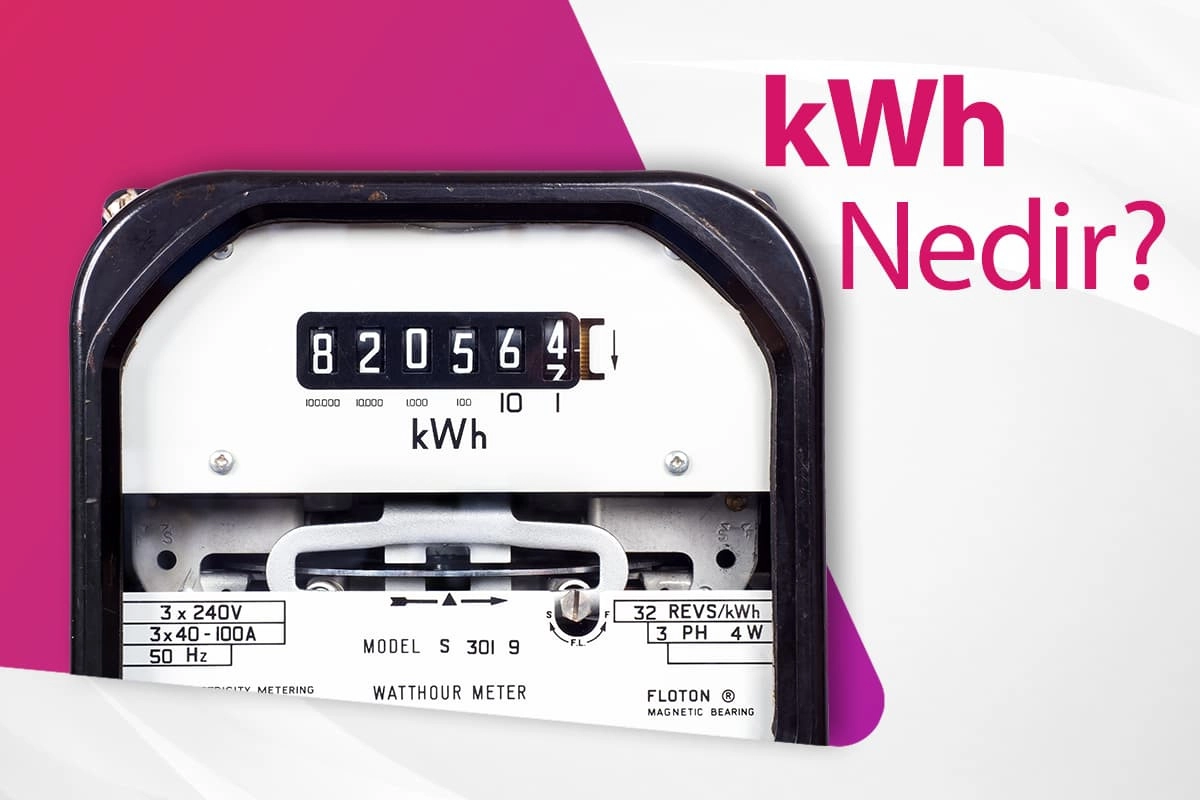




Leave a Comment